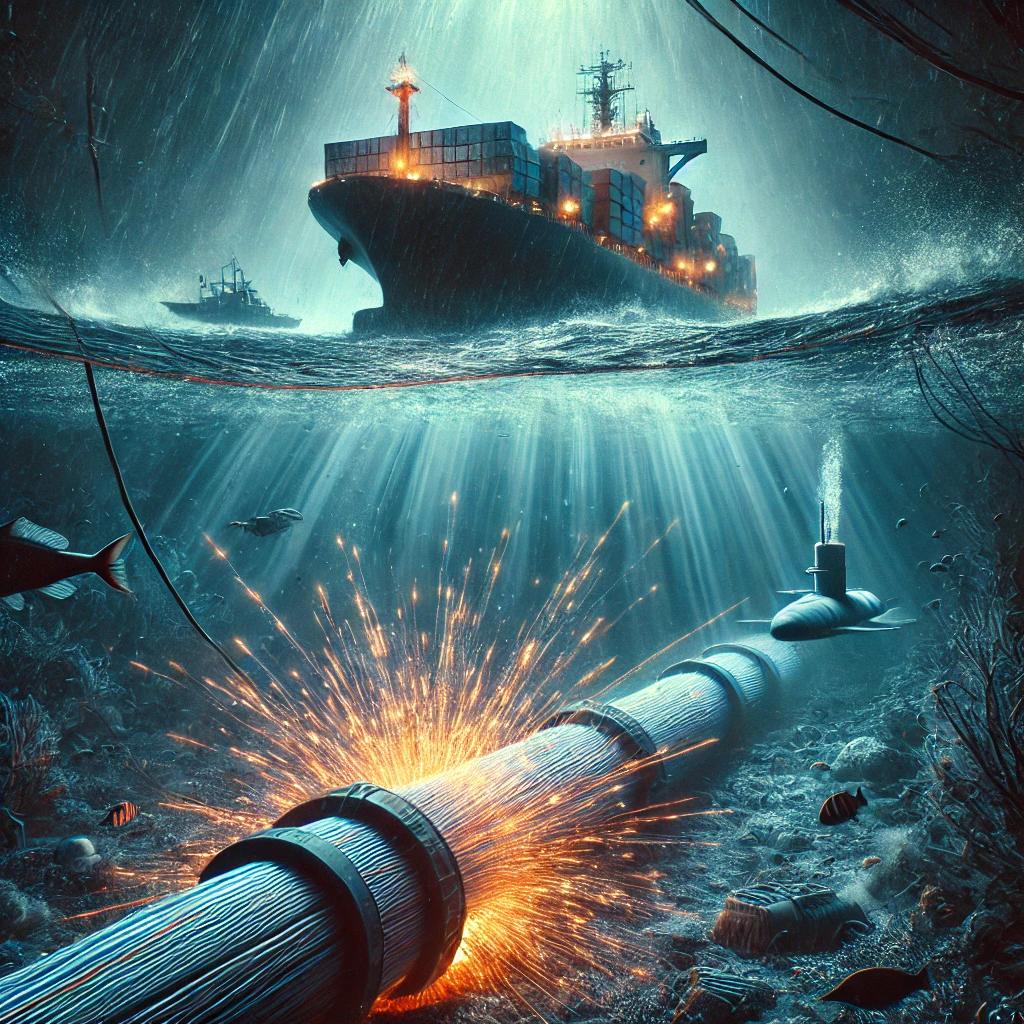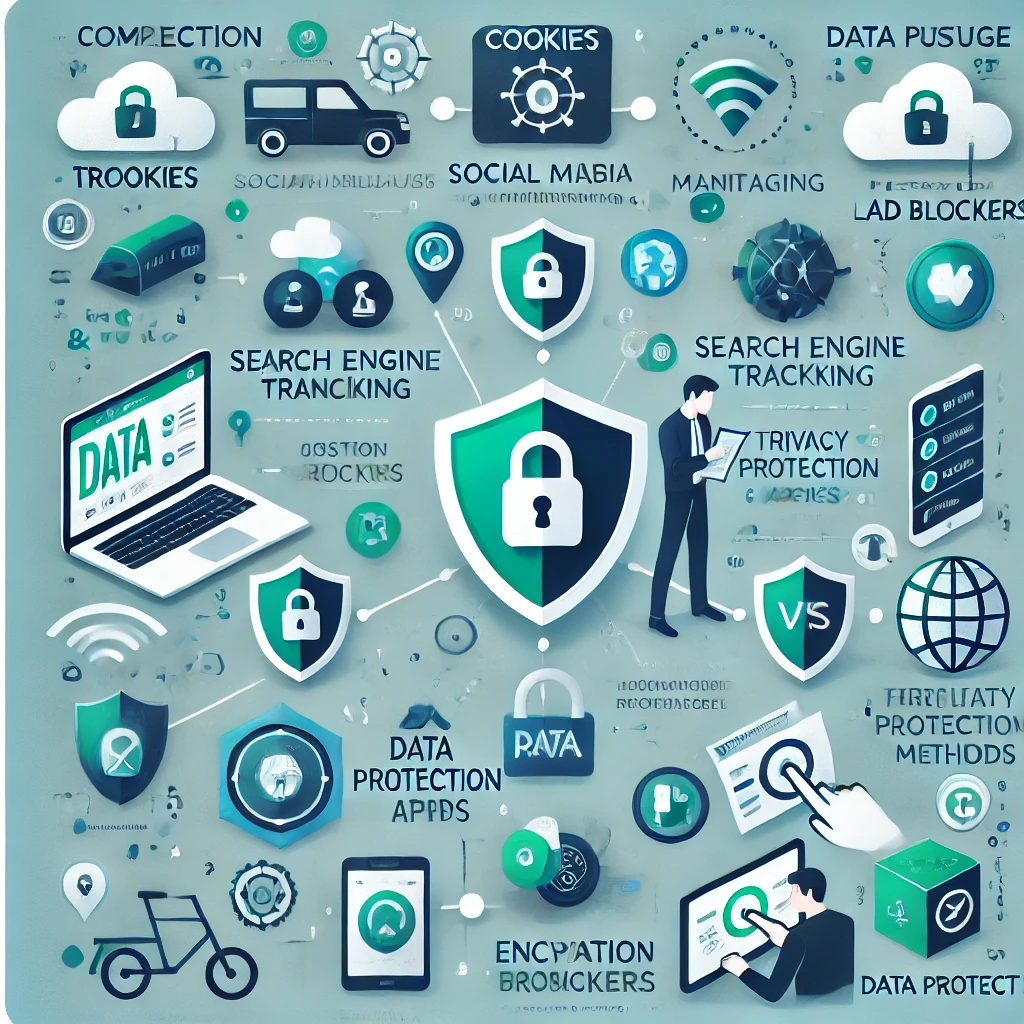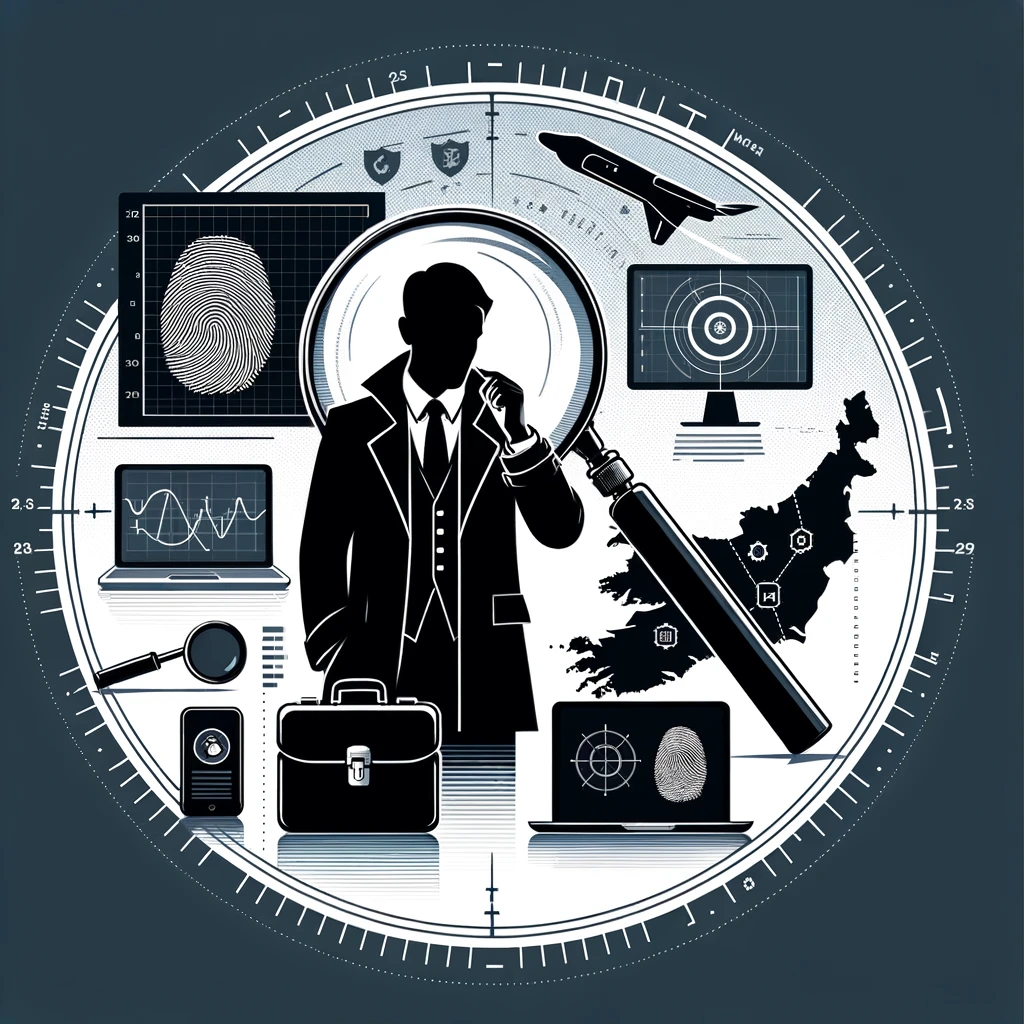
The Silent War on Undersea Internet Cables: Who is Behind the Attacks?
The global internet infrastructure depends heavily on undersea cables, with roughly 99% of international data flowing through these hidden arteries beneath the ocean. These cables are vital for global commerce, government communications, and everyday internet use. While most damage to these cables is accidental—caused by fishing activities, ship anchors, or natural disasters—recent incidents suggest that deliberate sabotage is becoming an increasing concern.
Recent Attacks and Suspicions
Baltic Sea Disruptions
In November 2024, two significant undersea cable disruptions occurred in the Baltic Sea, impacting internet connectivity between Finland and Germany, as well as Lithuania and Sweden. Investigators linked the incident to a Chinese-flagged cargo ship, Yi Peng 3, near the affected cables. While no definitive conclusion has been reached, this incident highlights the vulnerability of such infrastructure. (CNN Report)
Russian Activity in the Deep Sea
Russia has long been suspected of probing undersea cable networks. The Russian spy ship Yantar has been observed near critical undersea infrastructure, raising concerns that it might be mapping or potentially interfering with these vital communication lines. Some Russian officials have even suggested that undersea cables could be legitimate targets in response to Western actions. (Wall Street Journal Report)
The Growing Threat to Global Security
Deliberate attacks on undersea cables could have severe consequences, from financial market disruptions to compromised military communications. The UK and NATO have increased surveillance and protective measures around these networks, but the ocean’s vastness makes comprehensive monitoring difficult.
As threats grow, governments and cybersecurity experts call for increased investment in undersea cable protection. Proposals include deeper cable placements, enhanced surveillance, and international agreements to deter hostile actions. (The Times Analysis)
Conclusion
While accidental damage remains the primary cause of undersea cable disruptions, the increasing evidence of deliberate interference underscores the need for more significant security measures. The geopolitical struggle for control over critical infrastructure is no longer limited to land and air—it now extends deep beneath the ocean waves. Protecting these hidden lifelines must be a top priority as the world becomes more dependent on global connectivity.
For more details on these incidents, read:
Stay informed and stay connected—because the internet’s weakest link may lie beneath the waves.



